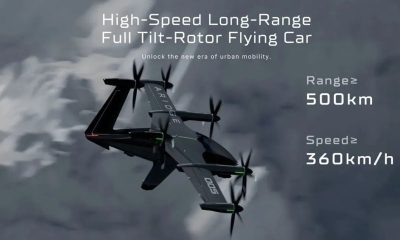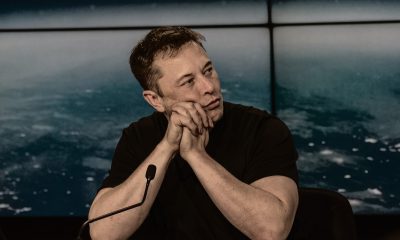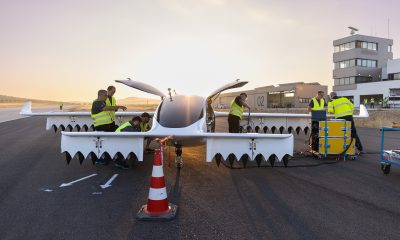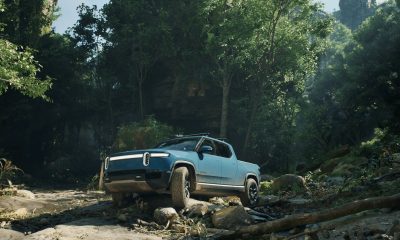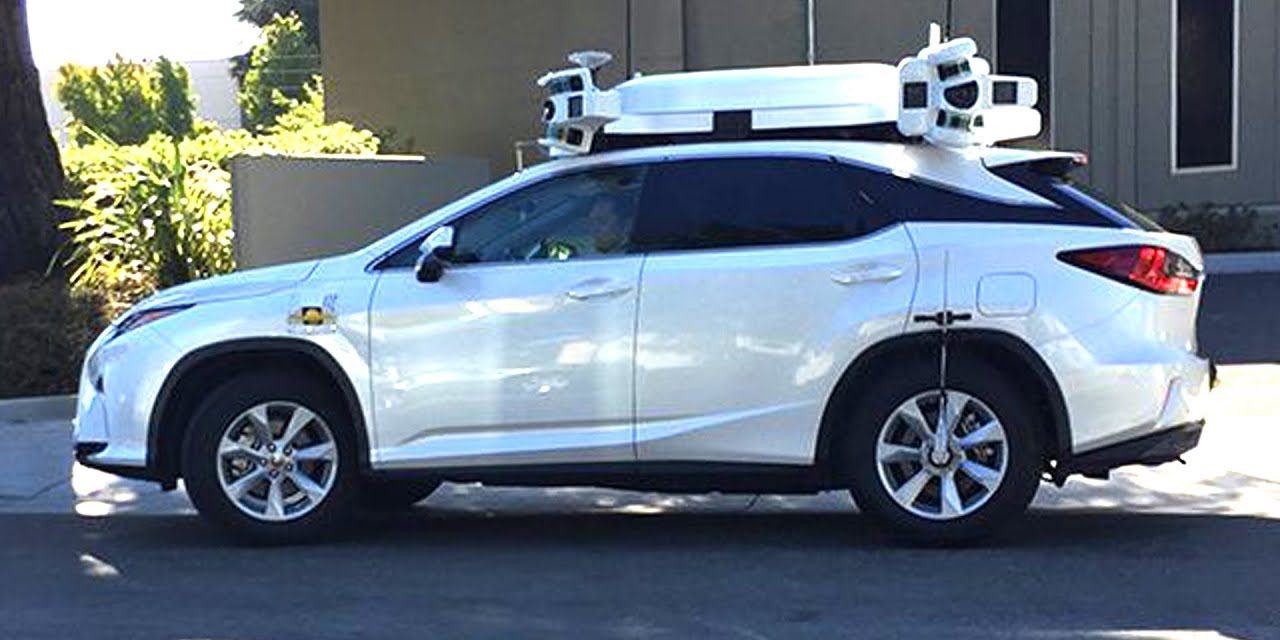
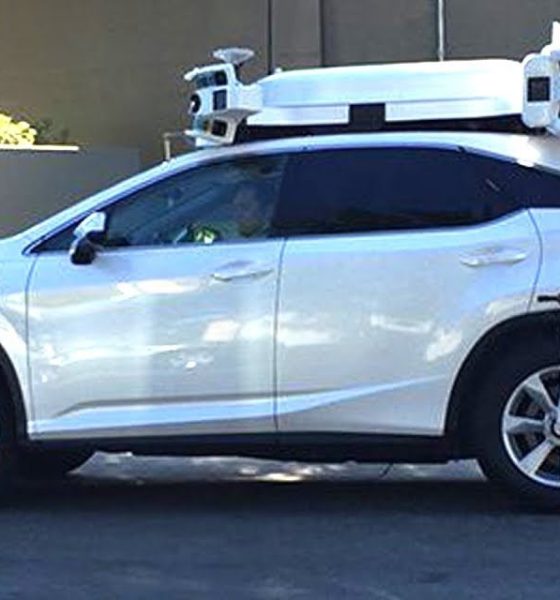
News
Apple Car project continues evolving with larger test fleet & fresh, new hire
Apple’s long-rumored “Project Titan,” also known as the Apple Car initiative, has gone through several changes over the years. While the Cupertino-based tech giant initially appeared to be focused on manufacturing its own vehicle, the company has since opted to focus on developing self-driving technologies instead. Apple CEO Tim Cook, for one, stated back in June 2017 that Apple was “very focused on autonomous systems.” Since then, the iPhone-maker has gone all-in on the self-driving race. Today, the company commands the largest fleet of autonomous vehicles on California’s roads, even surpassing the numbers of veterans in the field such as Waymo.
The growth of Apple’s self-driving fleet in California has been no less than astounding. According to a MacRumors report, information obtained from the California Department of Motor Vehicles has revealed that Apple started with a fleet of 27 autonomous vehicles in January. By March, there were 45 self-driving vehicles operated by the tech giant. By mid-May, the company had 55 vehicles and 83 drivers in its fleet. Just two weeks after that, Apple’s fleet of self-driving cars has grown to 62 vehicles and 87 drivers. In comparison, Waymo has 51 autonomous vehicles testing on CA roads.
Apple’s self-driving cars are characterized by their rather hefty roofs, which include an array of cameras and advanced LiDAR equipment. The vehicles are running Apple’s in-development autonomous driving software. Just like some of Google’s fleet, Apple has selected Lexus to be its car manufacturer of choice, with the company using Lexus RX450h SUVs as its test vehicles. Each of Apple’s self-driving cars is deployed with a safety driver, as the company’s permit currently does not allow fully driverless operations yet.
Apart from growing its fleet, Apple is also growing its talent pool for its self-driving initiatives. Just recently, the company hired senior self-driving car engineer Jaime Waydo, who has previous experience as an engineer from NASA’s Jet Propulsion Laboratory. What is particularly notable from Waydo’s work experience, however, was that she worked for Waymo before joining Apple’s self-driving car project. The former NASA engineer oversaw systems engineering at Waymo, while also aiding the self-driving car Google subsidiary in making pivotal decisions about the driverless operations of its test fleet in Arizona.
Apple’s self-driving car project is among the company’s largest, most ambitious initiatives to date, with CEO Tim Cook dubbing it as the “mother of all AI projects.” In a way, Tim Cook’s statement rings true, considering that Apple has made its name and established its reputation in consumer technology, not in automotive engineering. While the company does have experience with artificial intelligence and machine learning thanks to products like the iPhone and voice-activated assistants like Siri, a self-driving car system is an entirely different challenge. It is, after all, one that Google is still trying to master despite being in the industry since 2009, and one that Tesla is still seeking to learn despite having more than 150,000 vehicles on its fleet gathering data every day.

News
Tesla teases new market entrance with confusing and cryptic message

Tesla teased its entrance into a new market with a confusing and what appeared to be cryptic message on the social media platform X.
The company has been teasing its entrance into several markets, including Africa, which would be a first, and South America, where it only operates in Chile.
In September, Tesla started creating active job postings for the Colombian market, hinting it would expand its presence in South America and launch in a new country for the first time in two years.
The jobs were related to various roles, including Associate Sales Manager, Advisors in Sales and Delivery, and Service Technicians. These are all roles that would indicate Tesla is planning to launch a wide-scale effort to sell, manage, and repair vehicles in the market.
Last night, Tesla posted its latest hint, a cryptic video that seems to show the outline of Colombia, teasing its closer than ever to market entry:
— Tesla North America (@tesla_na) November 12, 2025
This would be the next expansion into a continent where it does not have much of a presence for Tesla. Currently, there are only two Supercharger locations on the entire continent, and they’re both in Chile.
Tesla will obviously need to expand upon this crucial part of the ownership experience to enable a more confident consumer base in South America as a whole. However, it is not impossible, as many other EV charging infrastructures are available, and home charging is always a suitable option for those who have access to it.
Surprisingly, Tesla seems to be more concerned about these middle-market countries as opposed to the larger markets in South America, but that could be by design.
If Tesla were to launch in Brazil initially, it may not be able to handle the uptick in demand, and infrastructure expansion could be more difficult. Brazil may be on its list in the upcoming years, but not as of right now.
News
Tesla expands crucial Supercharging feature for easier access
It is a useful tool, especially during hours of congestion. However, it has not been super effective for those who drive non-Tesla EVs, as other OEMs use UI platforms like Google’s Android Auto or Apple’s iOS.
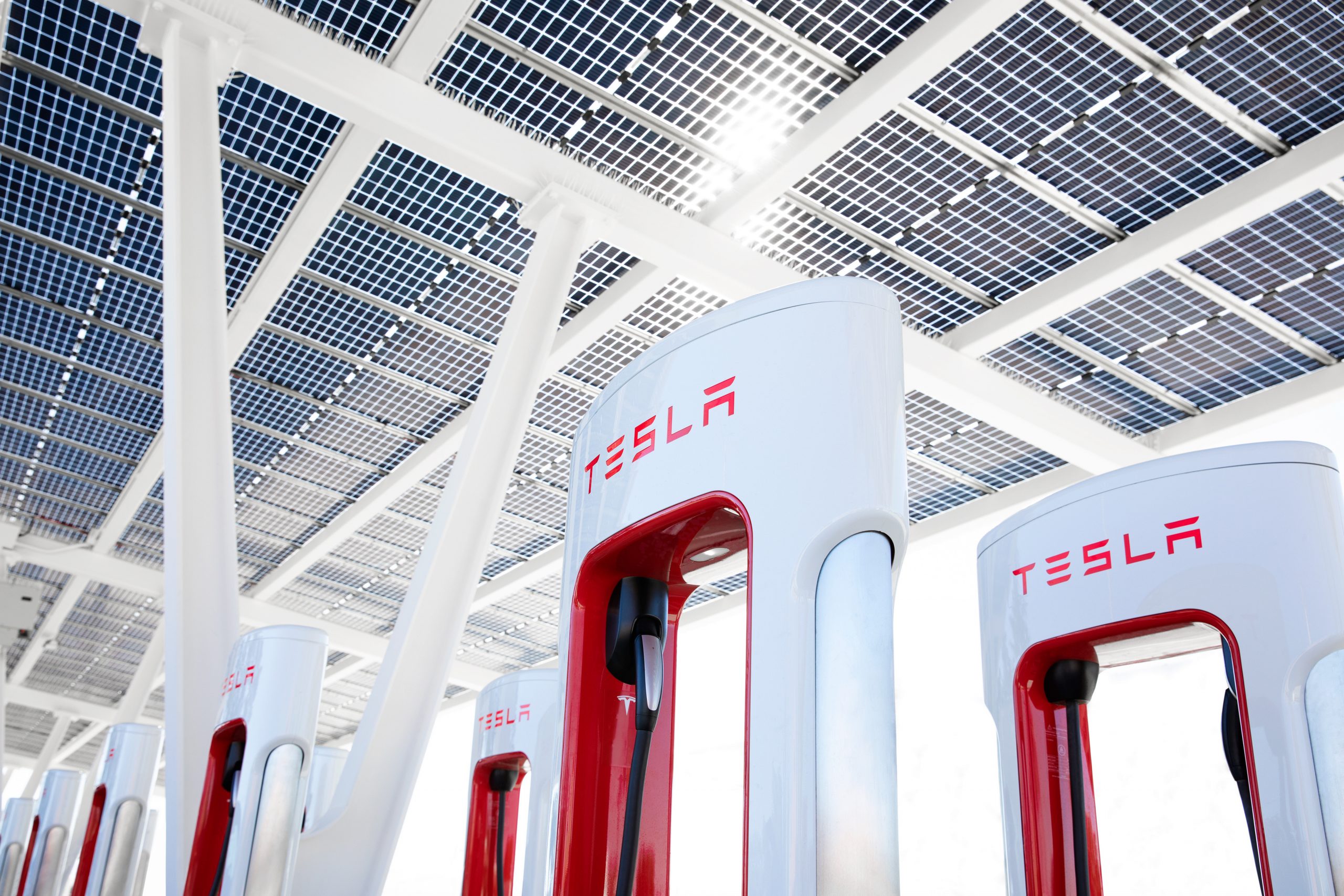
Tesla has expanded a crucial Supercharging feature that helps owners identify stall availability at nearby locations.
Tesla said on Tuesday night that its “Live Availability” feature, which shows EV owners how many stalls are available at a Supercharger station, to Google Maps, a third-party app:
Live availability of Superchargers now in Google Maps pic.twitter.com/DJvS83wVxm
— Tesla Charging (@TeslaCharging) November 11, 2025
Already offering it in its own vehicles, the Live Availability feature that Teslas have is a helpful feature that helps you choose an appropriate station with plugs that are immediately available.
A number on an icon where the Supercharger is located lets EV drivers know how many stalls are available.
It is a useful tool, especially during hours of congestion. However, it has not been super effective for those who drive non-Tesla EVs, as other OEMs use UI platforms like Google’s Android Auto or Apple’s iOS.
Essentially, when those drivers needed to charge at a Supercharger that enables non-Tesla EVs to plug in, there was a bit more of a gamble. There was no guarantee that a plug would be available, and with no way to see how many are open, it was a risk.
Tesla adding this feature allows people to have a more convenient and easier-to-use experience if they are in a non-Tesla EV. With the already expansive Supercharger Network being available to so many EV owners, there is more congestion than ever.
This new feature makes the entire experience better for all owners, especially as there is more transparency regarding the availability of plugs at Supercharger stalls.
It will be interesting to see if Tesla is able to expand on this new move, as Apple Maps compatibility is an obvious goal of the company’s in the future, we could imagine. In fact, this is one of the first times an Android Auto feature is available to those owners before it became an option for iOS users.
Apple owners tend to get priority with new features within the Tesla App itself.
Elon Musk
Elon Musk’s Boring Co goes extra hard in Nashville with first rock-crushing TBM
The Boring Company’s machine for the project is now in final testing.
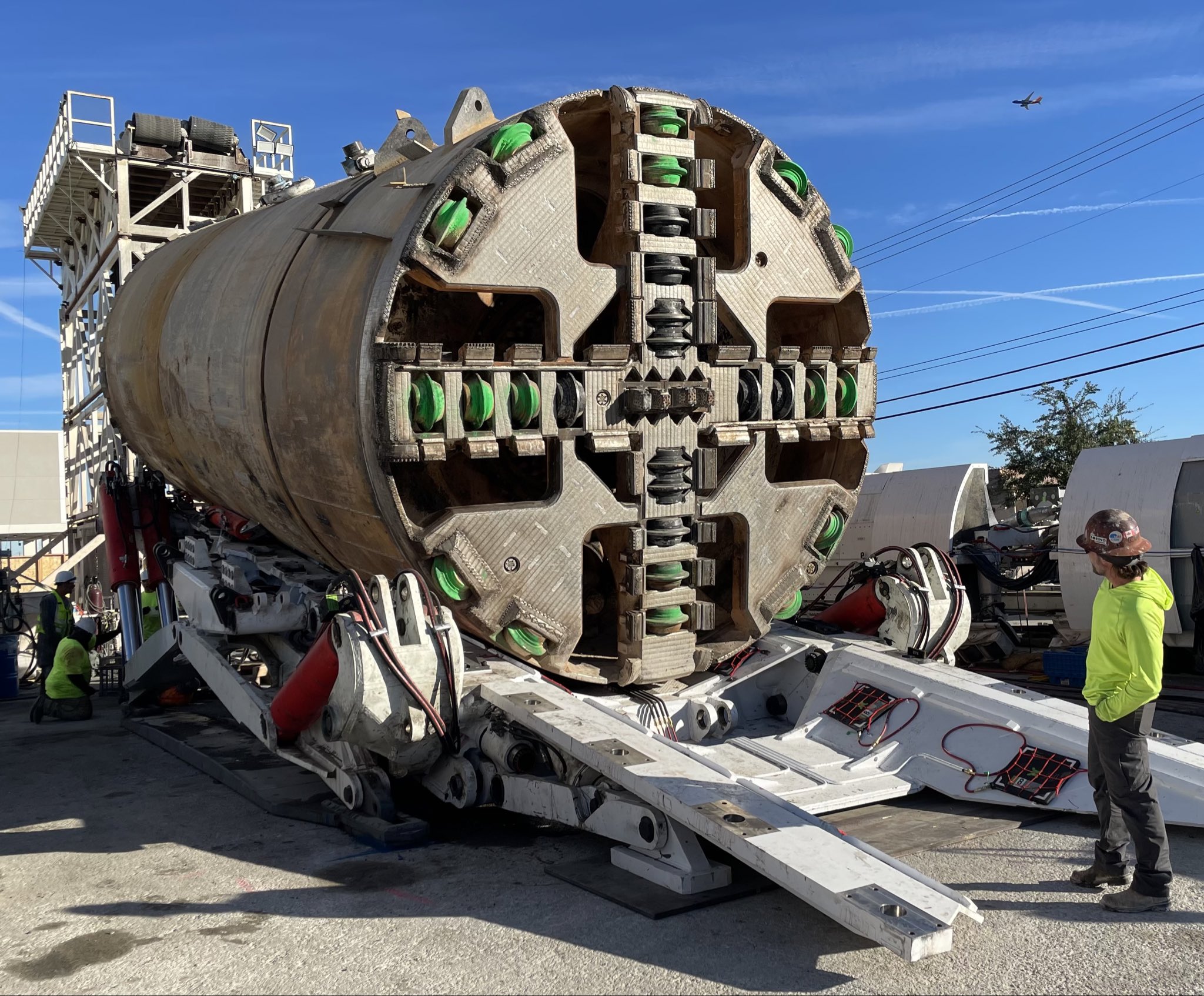
The Boring Company is gearing up to tackle one of its toughest projects yet, a new tunnel system beneath Nashville’s notoriously tough limestone terrain. Unlike the soft-soil conditions of Las Vegas and Austin, the Music City Loop will require a “hard-rock” boring machine capable of drilling through dense, erosion-resistant bedrock.
The Boring Company’s machine for the project is now in final testing.
A boring hard-rock tunneling machine
The Boring Company revealed on X that its new hard-rock TBM can generate up to 4 million pounds of grip force and 1.5 million pounds of maximum thrust load. It also features a 15-filter dust removal system designed to keep operations clean and efficient during excavation even in places where hard rock is present.
Previous Boring Co. projects, including its Loop tunnels in Las Vegas, Austin, and Bastrop, were dug primarily through soft soils. Nashville’s geology, however, poses a different challenge. Boring Company CEO and President Steve Davis mentioned this challenge during the project’s announcement in late July.
“It’s a tough place to tunnel, Nashville. If we were optimizing for the easiest places to tunnel, it would not be here. You have extremely hard rock, like way harder than it should be. It’s an engineering problem that’s fairly easy and straightforward to solve,” Davis said.
Nashville’s limestone terrain
Experts have stated that the city’s subsurface conditions make it one of the more complex tunneling environments in the U.S. The Outer Nashville Basin is composed of cherty Mississippian-age limestone, a strong yet soluble rock that can dissolve over time, creating underground voids and caves, as noted in a report from The Tennessean.
Jakob Walter, the founder and principal engineer of Haushepherd, shared his thoughts on these challenges. “Limestone is generally a stable sedimentary bedrock material with strength parameters that are favorable for tunneling. Limestone is however fairly soluble when compared to other rack materials, and can dissolve over long periods of time when exposed to water.
“Unexpected encounters with these features while tunneling can result in significant construction delays and potential instability of the excavation. In urban locations, structures at the ground surface should also be constantly monitored with robotic total stations or similar surveying equipment to identify any early signs of movement or distress,” he said.
-

 News5 days ago
News5 days agoTesla shares rare peek at Semi factory’s interior
-

 Elon Musk5 days ago
Elon Musk5 days agoTesla says texting and driving capability is coming ‘in a month or two’
-

 News4 days ago
News4 days agoTesla makes online ordering even easier
-

 News4 days ago
News4 days agoTesla Model Y Performance set for new market entrance in Q1
-

 News5 days ago
News5 days agoTesla Cybercab production starts Q2 2026, Elon Musk confirms
-

 News5 days ago
News5 days agoTesla China expecting full FSD approval in Q1 2026: Elon Musk
-

 News6 days ago
News6 days agoTesla Model Y Performance is rapidly moving toward customer deliveries
-
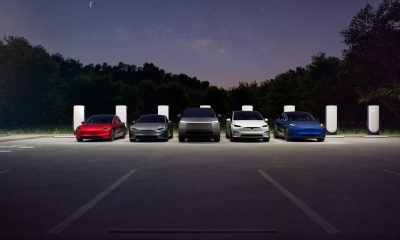
 News3 days ago
News3 days agoTesla is launching a crazy new Rental program with cheap daily rates
